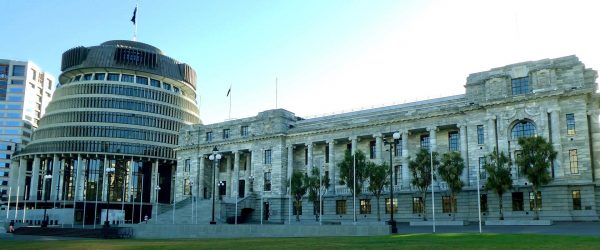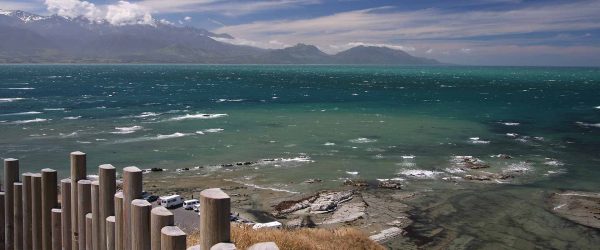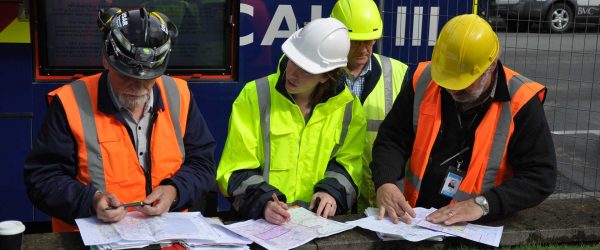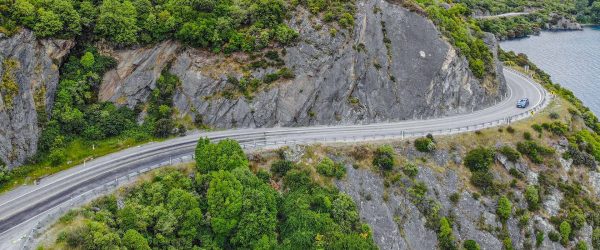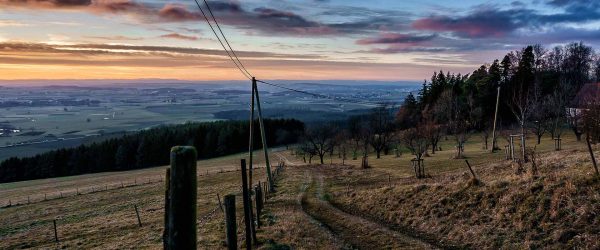Project Summary
Social media has become a powerful tool for supporting collective community responses after a disaster event. It provides a platform through which official and unofficial information can be shared, and volunteer groups can be coordinated. This project investigated social norms in the context of emerging technologies, and examined how people’s interaction with information and communication technologies can contribute to a resilient culture.
Social Media As A Community Resilience Resource
Social media enables crisis-affected communities to collaboratively organise their own crisis information, such as in community-run disaster Facebook pages and crisis maps. Digitally empowered local citizens can now also rapidly mobilise into a surge capacity of on-the-ground volunteers, as was the case with the Student Volunteer Army following the Christchurch earthquakes. However, the dynamic nature of social media, and changes to how it is used by digitally empowered online communities and volunteer groups, poses a number of challenges for emergency management professionals.
Our researchers reviewed multiple national and international disaster case studies of collective community responses based on the use of social media technologies after a disaster event. They identified three main areas where social media has facilitated and supported resilient capabilities within the community:
- Firstly, the role of social media in supporting information-seeking behaviours during a crisis event.
- Secondly, how social media empowers individual and community actors.
- Thirdly, the role of social media in mobilising volunteers.
All three of these key areas showed that social media is now an established instrument in the toolbox of resources that increase the opportunities for New Zealanders to become more resilient at the community level.
The review also highlighted a significant research gap in the number of social media research papers adopting a citizen or community perspective. The majority of research in this area has so far focused instead on the social media needs and perspectives of official agencies and actors. In order to inform future preparedness efforts, we urgently need to close this research gap, and step back into the shoes of the community when investigating the role and nature of social media in contributing to community resilience.
Finally, the researchers identified the need for more effective relationships between digitally empowered volunteer groups (such as the Student Volunteer Army and the Digital Humanitarian Network) and emergency management groups in New Zealand. Our recommendation for future research includes the need for relevant policies and procedures to be established pre-event to support and strengthen these critical relationships.
Resources from this project
Mobile applications in crisis informatics literature: A systematic review.
Tan ML, Prasanna R, Stock K, Hudson-Doyle E, Leonard G, Johnston D. 2017. Mobile applications in crisis informatics literature: a systematic review. International Journal of…
Information systems architecture for fire emergency response.
Prasanna R, Yang L, King M, Huggins TJ. 2017. Information systems architecture for fire emergency response. Journal of Enterprise Information Management. 30(4):605-624. doi:10.1108/JEIM-12-2015-0120.
Adapting PLUM: Earthquake Early Warning with Node-Level Processing in New Zealand
C.Chandrakumar, M.L. Tan, C. Holden, M.T. Stephens, R. Prasanna 2024 Adapting PLUM: Earthquake Early Warning with Node-Level Processing in New Zealand ISCRAM Proceedings, 21.
Estimating S-Wave intensity for early earthquake warning in New Zealand: Leveraging the first 3 seconds of P-wave intensity
C. Chandrakumar, M.L. Tan, C. Holden, M.Stephens, A.Punchihewa, R. Prasanna 2024 Estimating S-Wave intensity for early earthquake warning in New Zealand: Leveraging the first 3…
